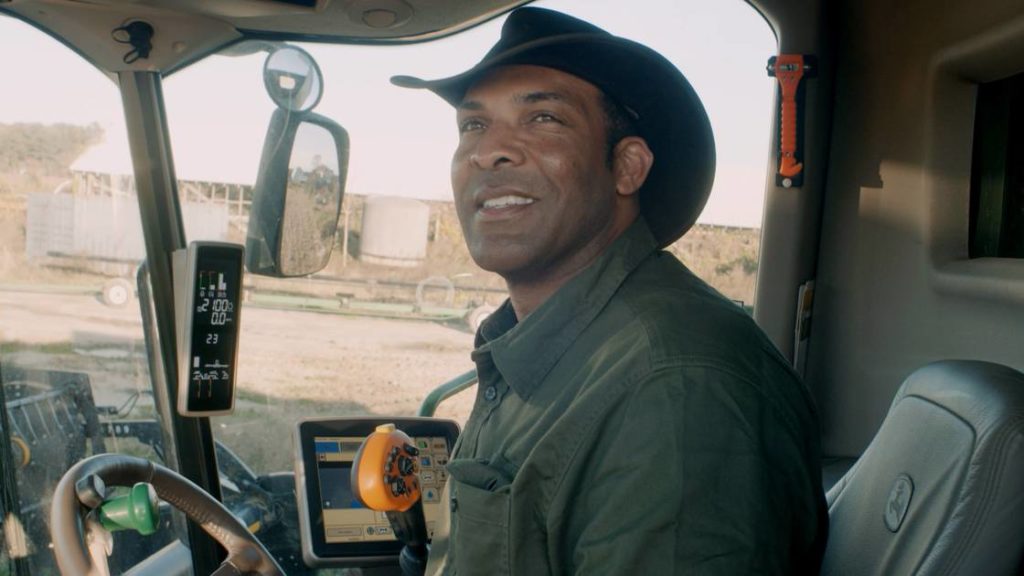Haynie II, owner of Haynie Farms and chairman of the National Black Growers Council; Erin Fitzgerald, U.S.
So, as an ag econ major in college it would behoove myself to look at additional revenue streams of income, especially for work that I’m doing that’s going impact and benefit the overall economy.
We’re all in favor of that because we have to make sure we can sustain.
When you looking at trying to get a good stand or a good established seed bed, it’s not just about going out and broadcasting it and hoping that it comes up.
When you look at what you were paying for cover crops four years ago to what you’re paying now, they know you’ve got the hook in your mouth; you need it, so they’re just reeling you on in so we’re to offset that cost.
I don’t want to see companies come out and take advantage and prey off the backs that farmers put sweat out on to get these cover crops and other programs that they implement on their farms to benefit the greater community.
Fitzgerald: To just step back and look at the economics situation of the farmers; it’s great that we’re seeing a private sector emerge for carbon credits.
That moved the market so Nike could in Washington buy renewables when there’s no sun, and then there were federal and state carve-outs.
If we’re talking about beef, it we’re talking about multi-million dollar fencerows, if we’re talking about water pivots, these are major million dollar infrastructure investments and we’re going to need new creative financial mechanism and, at the same time, we can also imagine effects of climate change.
In the third quarter of 2020, $10 billion in climate bonds were announced and agriculture wasn’t even considered as one of those private sector climate bonds.
What is out there now that can help farmers adopt these new practices by first learning about them and also ground-truthing them with their neighbors.
DeCamp: Any time you bring a new product to market, you have to have something that truly people are going to believe in its performance.
Take the time, not rush a product to market, to have these demonstration fields and to be able to help a grower understand how they’re going to benefit from this product, have them experience it firsthand on their acres so that when they make that investment, that decision to actually buy that input that they’re not just taking a leap of faith and that they’ve seen it.
That trust piece is critical.
USFRA and Foundation for Food and Agriculture Research formed AgMission and we see the need to fundamentally have a public/private protocol to help lift up a public/private sector database to help us all go further faster.
They’re coming out and we’re doing some trials looking at soils tests prior to planting cover crops, and then when the cover crops are in the field and post harvest cover crops.
